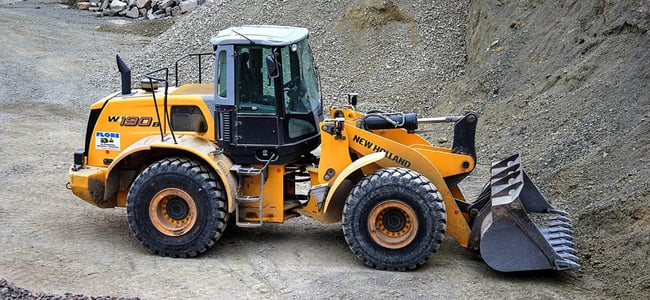In the fast-paced world of construction, mining, and agriculture, efficiency is critical. Wheel loaders, the backbone of material handling operations, have evolved to meet this demand for efficiency. A crucial innovation enhancing their productivity is the integration of onboard weighing systems or wheel loader scales. These systems revolutionize how materials are measured, loaded, and managed, ensuring accuracy and speed. But how do these technological marvels work, and what benefits do they bring to operations?
Understanding the Basics
At its core, a wheel loader scale system is designed to provide real-time weight measurements of the material in the loader’s bucket. This technology leverages the hydraulic pressure changes occurring as the bucket is loaded and lifted, translating this data into weight measurements displayed to the operator.
The Role of Sensors
The scale system's key components are the sensors attached to the wheel loader’s lift arms. These sensors detect minute changes in hydraulic pressure as the bucket is loaded, which directly correlates to the weight of the material.
Data Processing
An onboard computer then processes the captured data from the sensors. This sophisticated algorithm accounts for variables such as tilt and lift speed, ensuring the weight displayed is accurate regardless of the bucket's position or the loader's movement.

The Benefits of Wheel Loader Scales
Enhanced Operational Efficiency
With real-time data at their fingertips, operators can load materials more precisely, reducing the time spent on loading and unloading. This precision ensures trucks and containers leave the site with optimal loads every time.
Cost Reduction and Compliance
Accurate loading helps avoid overloading fines and reduces vehicle wear and tear. Compliance with weight regulations is seamless, protecting businesses from potential legal issues.
Safety Improvements
Properly balanced and accurately loaded trucks are safer to operate, reducing the risk of accidents related to overloading. This enhances the safety of the worksite and the broader community.
Implementing Wheel Loader Scales in Operations
Choosing the Right System
Selecting a scale system involves considering accuracy, ease of use, and integration with existing operations. Many manufacturers offer systems designed to fit various wheel loader models, ensuring compatibility and efficiency.
/New_07_2023/mScales_EN.png?width=600&height=465&name=mScales_EN.png)
Installation and Calibration
Professional installation and calibration are crucial to the functionality of the scale system. Calibration ensures the system accounts for the specific characteristics of the loader and its typical load types.
Training Operators
Operators should receive training on using the scale system for maximum benefit. Understanding how to interpret the data and adjust loading practices accordingly is key to fully leveraging the technology.
The Future of Wheel Loader Scales
As technology advances, so do the capabilities of wheel loader scales. Future developments may include enhanced data analytics, integration with fleet management systems, and even more precise sensors. The potential for these systems to further revolutionize material handling is vast, signalling a future where efficiency and accuracy dominate.
Read more: Wheel Loader Scale Applications: What is wheel loaders used for?

FAQs
How accurate are wheel loader scales?
Wheel loader scales are highly accurate, with most systems boasting an error margin of +/- 1% or better. This precision is sufficient for most material handling operations, ensuring compliance and efficiency.
Can wheel loader scales be retrofitted to any wheel loader?
Most modern wheel loader scales are designed to be versatile, allowing retrofitting on a wide range of wheel loader models and sizes. However, to ensure compatibility, it is recommended to consult with the scale manufacturer or a professional installer.
How do wheel loader scales handle different materials?
Wheel loader scales are designed to accurately weigh a variety of materials, from sand and gravel to larger rocks and debris. The onboard computer can be calibrated to account for the density of different materials, ensuring accurate measurements regardless of the load type.
---
Wheel loader scales represent a significant leap forward in material handling technology. By providing accurate, real-time data, they allow for more efficient operations, cost savings, and safer worksites. As technology continues to evolve, the potential for these systems to enhance productivity and compliance in the material handling industry is boundless. Investing in wheel loader scales is not just about upgrading equipment; it’s about upgrading operations.

Read more:
Customer case: Metsäsairila's material flows are made more efficient by using mScales
Let´s discover the benefits of your business together!